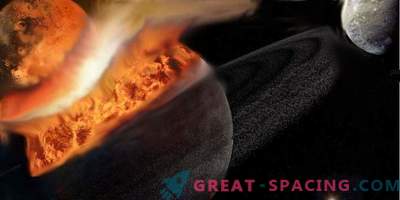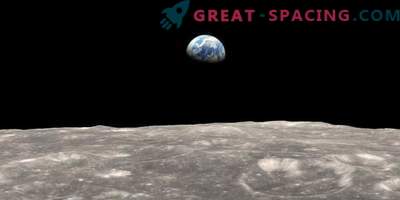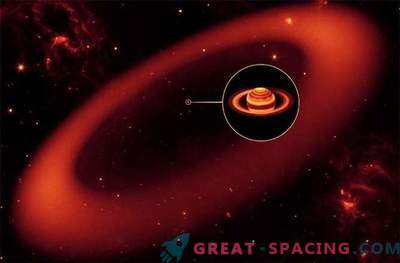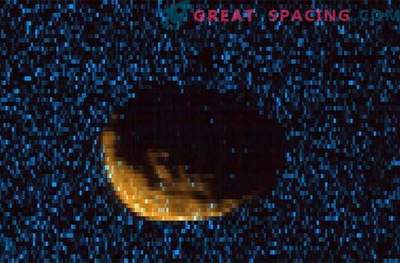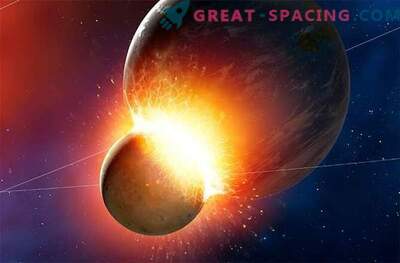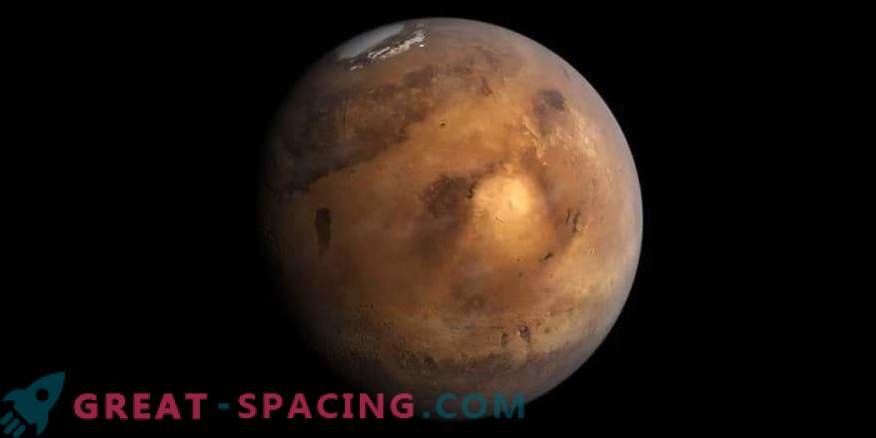
The moon of Mars Phobos may be the last among the small satellites formed from fragments of rings revolving around the Red Planet in the past. But there is an assumption that they can be reborn in the future.
A new study proves that Mars resembled Saturn. Moreover, one day he may sparkle again in rings.
Computer simulation suggests that the first ring of the Red Planet was formed about 4, 3 billion years ago, when an asteroid or other massive celestial body crashed into a young planet, throwing a bunch of garbage into space. Over time, the Martian gravitational field transformed debris into a ring, which later merged into a single moon.
It would be much more massive than the modern miniature Phobos, which occupies 11 km in radius. But both objects share the same fate.
Phobos, located in an orbit just 3,700 km above Mars (closer than any moon in the Solar System), is attracted to it at a speed of about 6, 6 feet every 100 years.
Computer models show that in 50-70 million years Phobos will be torn by the gravity of Mars. Most of the debris will sink to the planet, but about 20% will remain in orbit, forming another ring, and then perhaps another moon.
The cycle is repeated 3-7 times since the initial impact 4, 3 billion years ago. So say researchers at Purdue University, Andrew Hesselbroek and David Minton, in an article published Monday in Nature Geoscience. Studies show that the other moon of Mars Deimos, which is about two times smaller than Phobos, and is located in a more stable and distant orbit, is probably the original moon.
“In our model, Deimos is a distant remnant of the original giant disk with debris, which was affected by the predecessors of Phobos,” Minton says.
The study calls into question previous theories that Phobos and Deimos are asteroids captured by gravity.
“Although they resemble asteroids, it would be extremely difficult to capture them in the orbits where they are located now,” said Minton. “As a rule, the orbits of the captured satellites are very distant from their planets, tilted relative to the planetary equator, and can move in any direction relative to the rotation of the planet.”
“Phobos and Deimos are very close to Mars and the equator, and both are moving in the same direction as the rotation of Mars,” he added. “This indicates that they were formed from a disk with debris or rings around Mars.”
Previous studies have shown that the Great Northern Plain (an asymmetric region crossing the northern hemisphere of the planet) may be the site of the impact of the big moon.
More information will be available from the Japanese spacecraft, which should be launched in 2022. His task is to collect samples from Phobos and send them back to Earth. Two years later, Europe and Russia enter into a partnership with a similar project.



